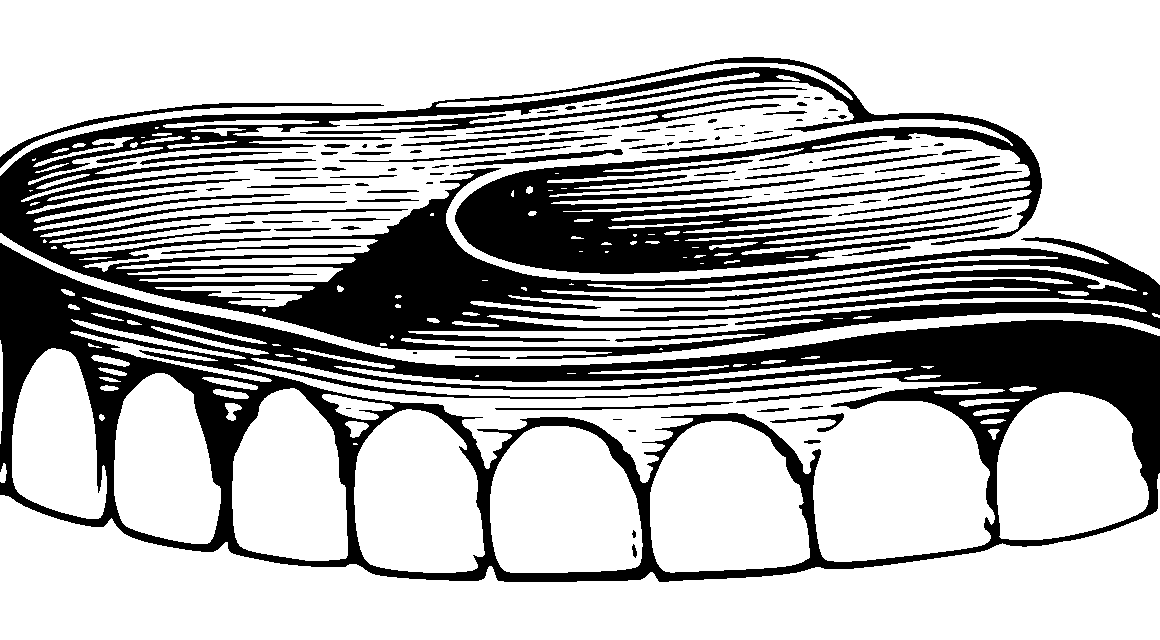Interactive Infographics: The Anatomy of Your Dog’s Teeth
Understanding your dog’s dental structure is essential for promoting their overall health. Dogs possess a unique set of teeth adapted to their dietary needs. Their mouth contains 42 teeth, which consist of incisors, canines, premolars, and molars. Each type of tooth serves a distinct purpose in their dental function. For example, incisors are primarily used for nibbling and grasping, while canines are vital for tearing food. Premolars, with their flatter surfaces, help in grinding and chewing, whereas molars efficiently break down larger food particles. It is crucial to maintain good oral hygiene, as dental problems can lead to serious health issues. Numerous resources are available, including veterinarian tips. Regular check-ups can identify potential dental diseases early. At-home care, such as brushing their teeth and providing dental chews, plays a significant role in your dog’s oral health. Video guides can visually demonstrate effective techniques for cleaning your dog’s teeth, ensuring a comprehensive understanding of the importance of their dental anatomy and care. Knowledge of the anatomy can significantly enhance the effectiveness of your oral hygiene routine with your dog.
Owners must understand the signs of dental health issues in dogs. Common symptoms include bad breath, excessive drooling, or difficulty eating. Monitoring these signs can assist in timely intervention. Periodic vet visits will provide in-depth oral examinations. Traditional dental cleaning methods, while effective, have evolved to include innovative techniques. Recent advancements have introduced non-anesthetic dental cleanings, which are less stressful for pets. However, owners should always consult with their vet before opting for this route. Understanding when to seek professional care is equally important. Regular at-home inspections can help identify tartar buildup, which may require cleaning. Interactive guides and informative videos can equip you with proper brushing techniques to ensure your pet’s teeth remain healthy and clean. Additionally, certain foods and treats can support dental hygiene. You can find various products specifically designed to assist with dental care. Look for those that are approved by veterinary associations to ensure quality. These resources typically share unique tips focusing on enriching your dog’s oral experience while ensuring they stay healthy and happy.
Dental Products for Optimal Care
Choosing the right dental products for your dog can contribute to better oral health. Many pet owners struggle to find effective items that cater to their dog’s unique needs. Begin with dog-specific toothbrushes and toothpaste, as human products can be harmful. Various flavors of dog toothpaste, like poultry or peanut butter, will encourage your dog to accept brushing. Dental chews are another great option, as they help reduce plaque and tartar buildup while freshening breath. Some popular dental toys are designed specifically to clean teeth while dogs chew on them. While selecting these products, always read the ingredient list to ensure that they are safe and beneficial for your pet. Look for items endorsed by veterinarians to ensure quality. In addition to these products, consider regular professional cleanings. Many pet owners overlook the importance of routine vet visits to maintain dental health. A clean mouth leads to improved overall health, which benefits your dog immensely. Remember, healthy teeth can contribute to a longer and happier life for your furry friend. Always keep conversations open with your vet regarding your dog’s dental care needs.
Incorporating fun into your dog’s dental routine can yield positive results. Engaging your dog in dental care activities creates a bond and makes the process enjoyable. Opt for interactive toys and games that focus on oral hygiene. These can turn a mundane task into an exciting activity for your pet. Try rewarding your dog for allowing you to brush their teeth, offering treats or praise afterward. Additionally, consider exploring group classes that teach effective techniques. Training with other owners and their pets can make dental care a social experience. Follow along with instructional videos to learn best practices, making it easier to establish a routine. Set a regular schedule for brushing your dog’s teeth—daily would be ideal, but weekly can also be effective. Using a scheduled approach promotes consistency. Balance professional cleanings with at-home care and fun activities for optimal results. As your dog becomes accustomed to the routine, they’ll perceive it positively. This understanding fosters a sense of safety during the process, improving oral health. Always remain patient and persistent, and enjoy the journey towards enhancing your dog’s dental wellness.
Educative Resources Available
Finding appropriate educative resources online will empower pet owners in enhancing their dog’s dental care. Numerous websites offer in-depth articles, infographics, and videos detailing best practices for maintaining oral hygiene. These resources often include veterinarian-devised tips and techniques based on research and experience. Leveraging online communities can provide additional support, sharing experiences and advice. Participating in forums dedicated to pet health can open up new conversations about dental care. YouTube, for instance, is an excellent platform for instructional videos. You can explore channels focused on pet wellness designed to target dental health for dogs. Social media platforms might also have pages or groups dedicated to pet care, allowing for interactive discussions on dental hygiene. Finally, mobile applications dedicated to pet health can enhance the learning process. These apps may provide daily reminders, resources, and tracking systems for at-home dental routines. Tracking your dog’s dental health can also facilitate conversations during vet visits. Always stay proactive about seeking knowledge to maintain your dog’s oral hygiene. Consider scheduling regular check-ups with your veterinarian to monitor progress.
Creating a dental care plan that works best for your dog’s needs involves strategic planning. Begin by assessing your dog’s current dental health status. Consult your veterinarian for a professional evaluation to determine any existing issues. Based on this assessment, tailor your dental care routine accordingly. If your dog is prone to tartar buildup, frequent brushings may be necessary. Alternatively, you might incorporate dental chews into their diet if they can accept them. The critical element is to maintain consistency in your approach. Scheduling appointments with your vet for dental cleanings should also be part of your plan. Professional cleanings help prevent more severe issues later on. It’s also beneficial to involve your family in your dog’s dental routine, sharing responsibilities in maintaining your dog’s dental health. Through collaboration, everyone can contribute to the dog’s care while enjoying the process together. Documenting progress can highlight your commitment to your dog’s oral health. Follow up with your vet to celebrate milestones as you implement your plan effectively. This journey strengthens bonds while helping to ensure your dog’s long-term health.
Conclusion: The Impact of Dental Care
The impact of regular dental care on your dog’s overall health is substantial. Neglecting oral hygiene can lead to severe health problems, such as heart disease or kidney issues. Therefore, proactive measures play a significant role in preventing these complications. Engaging your dog in their dental routine fosters an environment of trust and care. As they become accustomed to regular brushing and check-ups, the overall experience will be enjoyable for both you and your pet. Furthermore, educating yourself and your family members on proper care techniques enhances your ability to maintain your dog’s health. Always stay informed about the latest advancements and recommendations in pet dental care by utilizing available resources. Make it a habit to check for signs of periodontal disease, ensuring you address potential issues early. By staying diligent and involving your dog in preventive care, you can positively impact their well-being. Ultimately, a happy and healthy dog leads to a more satisfying relationship between you and your furry friend. Dedicated effort towards your dog’s dental health can yield lasting benefits and promote a fuller, healthier life.


